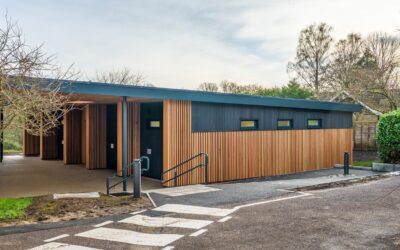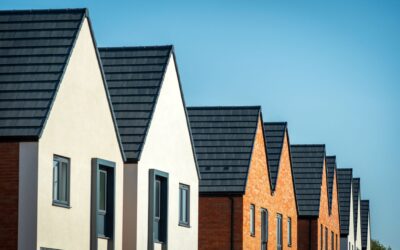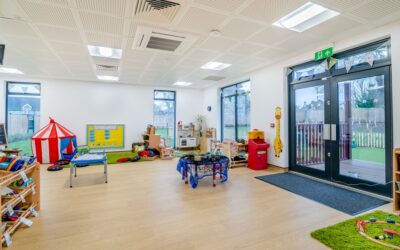TG Escapes Blog
Why a Garden Room is a more energy efficient way to extend your home
No matter how committed you are to reducing your personal carbon footprint, it’s not always easy. In one of her first speeches as Energy and Climate Change Secretary, Amber Rudd was very clear about the devastating impact that failure to act will have upon our economic future: fewer jobs, lower growth and higher prices.
And there is no doubt that we all have a duty to strive for greater energy efficiency in our day to day lives.
Whether it is taking a look at energy saving websites such as the Energy Saving Trust or Green Choices; switching to a green electricity supplier (check out the Green Electricity Market Place) or committing to using a carpool site such as Bla Bla Car, there are many small ways to do your bit. And every little bit will help.
Housing in the UK is amongst the least energy efficient in Europe, and produces over 30% of carbon emissions. If you are currently considering extending your home, it is an ideal opportunity to make a significant step up the energy efficiency scale.
Traditional extensions typically use energy intensive materials such as concrete and bricks; generate a large amount of waste destined for landfill and, no matter how much you insulate the new part of the property, an open connecting door will leach the contained heat from the new-build into the old, leaky structure. A standalone construction, such as a Garden Escape, can overcome most of these problems, whilst providing you with a beautiful, comfortable addition to your home which is likely to cost less to build and will cost significantly less to run in the years to come.
When developing our Escapes, the environment, and how best to look after it, has always been at the forefront of our minds. We pride ourselves in using the latest developments in technology, within our build process, to help reduce our impact on the planet. Our mission is to dramatically improve the normal construction method by creating ecological, healthy and sustainable buildings for you and our future.
The materials we use in the construction of our Garden Escapes are integral to our eco-friendly credentials. The principal component of our building structures is sustainably sourced timber, which is perhaps the most environmentally acceptable material used in modern construction. Our foundations have been designed to reduce the impact on the environment by using a minimal amount of concrete in our unique pad-based system. The glass wool insulation used in our buildings is manufactured from a combination of silica sand and up to 80% recycled post-consumer glass that would otherwise be heading to landfill. This makes it one of the most environmentally sustainable insulation products on the market today.
We install highly efficient space and water heating appliances and lighting as standard, and are also able to offer many additional features (such as sedum roofs, sunpipes and solar panels) to further enhance the energy efficiency and reduce the running costs of your new room. And when the Garden Escape is not in use, everything can be switched off until the next time you want to use it.
About the author
More posts from our blog
Our expert guide to panelised systems
Panelised construction systems, often classified as Category 2A modular by the Modular and Portable Building Association MPBA, form a crucial part of Modern Methods of Construction MMC. These systems consist of pre-assembled wall, roof and floor panels, manufactured...
Section 106 Explained: What You Need to Know
Section 106 agreements, negotiated between developers and local authorities, ensure that new developments contribute to essential infrastructure, services, and community facilities, including schools, nurseries, community buildings, and green spaces. We’ve laid out...
Meeting Rising Nursery Demand Through Modular Buildings
As the demand for early years education rises, nurseries across the UK are under increasing pressure to provide sufficient spaces. Driven by a number of factors, from population growth and new neighbourhoods to expanding government-funded childcare, nurseries need...



